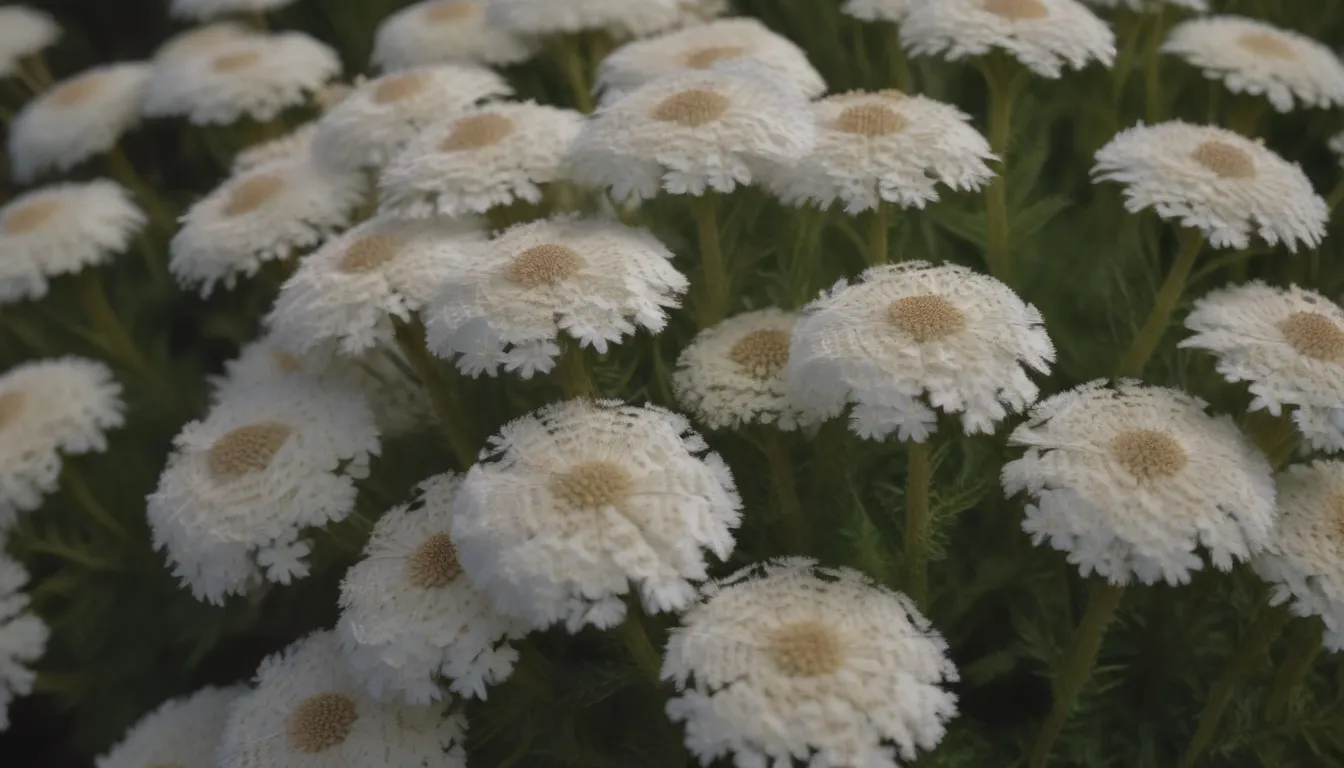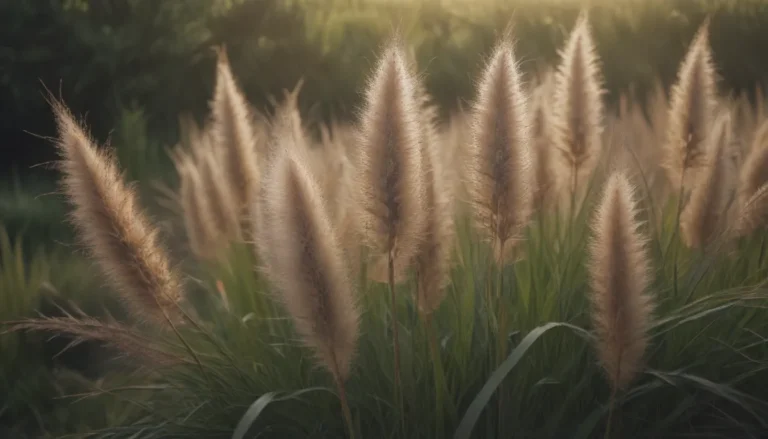A Comprehensive Guide to Growing and Caring for Common Yarrow

Common yarrow (Achillea millefolium) is a beautiful perennial flowering plant with a variety of names, such as gordaldo, poor man’s pepper, and thousand leaf. Its delicate appearance and aromatic leaves make it a popular choice for gardens. Originally from Asia and Europe, common yarrow has made its way to North America, where it flourishes in dry, disturbed soil. Like many plants, it has both its benefits and potential drawbacks, so it’s essential to understand how to care for it properly to ensure its success in your garden.
Common Yarrow: A Brief Overview
Common yarrow can grow over 3 feet tall during a single growing season, producing clusters of small white flowers on long stems. Its feathery leaves and dainty blooms create a charming addition to any garden landscape. While it can be invasive in noncultivated settings, common yarrow is relatively easy to care for and brings beauty to your outdoor space.
Benefits of Common Yarrow
- Drought-tolerant and suitable for xeriscaping
- Grows well in poor soil conditions
- Attracts pollinators like bees and butterflies
- Provides a beautiful display of white flowers
Potential Drawbacks of Common Yarrow
- Can be toxic to pets if ingested in large quantities
- May become invasive in certain environments
- Susceptible to pests and diseases if not properly maintained
Common Yarrow Care Guide
Taking care of common yarrow is relatively low-maintenance, making it a great choice for beginner gardeners or those with busy schedules. Here are some essential care tips to help your common yarrow thrive:
Light
- Common yarrow prefers full sunlight to produce compact growth and abundant blooms.
- Partial shade is tolerated but may lead to leggy growth, requiring staking to support the plant.
Soil
- Common yarrow can adapt to various soil types, but thrives in dry, well-drained conditions.
- Avoid fertilizing or using compost excessively, as this can promote aggressive growth.
Water
- Once established, common yarrow is drought-tolerant and only requires minimal watering to maintain growth.
- Overwatering can lead to root rot, so allow the soil to dry out between waterings.
Temperature and Humidity
- Thrives in warm summer conditions but may suffer in extreme heat.
- Prefers dry conditions and may develop root rot in saturated soil.
Fertilizer
- Common yarrow is low-maintenance when it comes to feeding, with minimal fertilization required.
- An annual side-dressing with compost in the spring should be sufficient for healthy growth.
Types of Common Yarrow
While common yarrow typically blooms in white or cream shades in the wild, cultivated varieties come in a range of colors, including yellow, purple, pink, and red. Some popular cultivars include:
- ‘Apple Blossom’ syn. ‘Apfelblute’
- ‘Cerise Queen’
- ‘Little Moonshine’
- ‘New Vintage Red’
- ‘Paprika’
Pruning and Propagating Common Yarrow
Regular pruning is essential to keep common yarrow in a continual state of bloom and prevent self-sowing. Additionally, propagating common yarrow through division allows you to control its growth and share it with others. Here’s how to propagate common yarrow using division:
- Divide the plant every two to three years to prevent aggressive spread.
- Transplant the divided sections to other areas of your garden or give them to friends.
Growing Common Yarrow From Seed
Common yarrow is easy to grow from seed, providing you with a cost-effective way to expand your garden. Follow these steps to plant yarrow from seed:
- Sow seeds in early spring for blooms in approximately 120 days.
- Water lightly to encourage germination and growth.
- Enjoy the beautiful blooms that follow!
Potting and Overwintering Common Yarrow
Growing common yarrow in containers requires attention to pot size and drainage to support its tall growth habit. Additionally, overwintering common yarrow involves cutting back the plant in late autumn to protect it during the winter months.
- Use a large pot with good drainage for tall varieties of yarrow.
- Cut back the plant to its basal leaves in late autumn to prepare for winter dormancy.
Common Pests and Diseases
Common yarrow may be susceptible to botrytis mold, powdery mildew, and spittlebugs if its growing conditions are not optimal. Improving soil drainage and providing adequate sunlight can help prevent these issues. Here are some tips for addressing common pests and diseases:
- Botrytis Mold and Powdery Mildew: Improve airflow and drainage to reduce infection.
- Spittlebugs: Use a strong spray of water to reduce the population and exposure to sunlight.
How to Get Common Yarrow to Bloom
Encouraging common yarrow to bloom requires providing ample sunlight and well-drained soil. Deadheading spent blooms regularly can help the plant continue to produce flowers throughout the growing season. Avoid over-fertilizing, as this can lead to rapid growth rather than increased blooming.
Common Problems With Yarrow
Overwatering is a common issue with common yarrow, as it is a drought-tolerant plant that can suffer from root rot in saturated soil. Additionally, the plant may require staking in low-light conditions to prevent leggy growth. Differentiating common yarrow from look-alike plants, such as Queen Anne’s Lace and poison hemlock, is essential for avoiding potential toxicity issues in your garden.
Conclusion
Common yarrow is a versatile and beautiful perennial plant that can add charm to any garden landscape. With proper care and maintenance, you can enjoy the delicate blooms and aromatic foliage of this herbaceous plant year after year. Whether you’re a seasoned gardener or a beginner, common yarrow is a wonderful addition to any outdoor space, attracting pollinators and providing a pop of color when in bloom. Incorporate this versatile plant into your garden and enjoy its beauty for seasons to come.
References:
– Invasive Plant Atlas of the United States: Yarrow
– ASPCA: Common Yarrow (Achillea Millefolium)
Remember to always research specific care instructions for your region and consult with local gardening experts for personalized advice on growing common yarrow in your area. Happy gardening!





